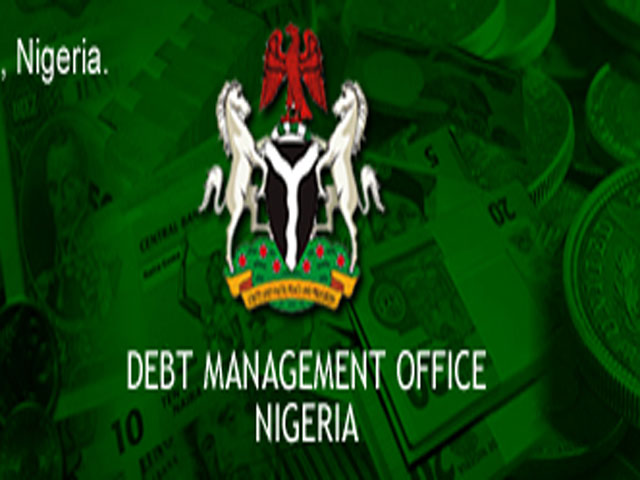A former Director General of the Debt Management Office, Dr. Abraham Nwankwo, says the idea that public debt should be used to finance Nigeria’s massive infrastructure needs will not work because of the existing precarious public debt profile.
Nwankwo, who was the Guest speaker the 3rd Just Friends Club of Nigeria (JFCN) on Thursday, explained that the infrastructure deficit can be addressed with debt financing, but that distinction should be made between conventional debt and sustainability, which is essentially static.
Speaking on the topic “Realism and Paradox in Financing Nigeria’s Huge Infrastructure Needs”, he explained that in spite of the country’s problematic debt profile, a plan-based, project-tied, output-driven, and commercially-modelled and private-sector-managed debt programme remains a “robust option (arguably the most robust option) for financing Nigeria’s infrastructure development.
“It is a solution that can be intelligently structured to produce a transformed and self-sustaining economy without worsening debt sustainability,” he added. According to him, a major issue which has to be addressed while using debt financing for infrastructure is the impact of exchange rate risk since substantial portion of the debt is obligated in foreign currency.
Nwankwo also pointed out that infrastructure development investment must be undertaken, not in the hope of, but in conjunction with, real sector development; hence, the imperative of planning.
He argued that assessment of debt sustainability in the latter case should focus on whether and how, the additional debt would be effectively applied to the development of infrastructure, to pull the economy out of backwardness.
He said: “The secret is that it is feasible to articulate a bold plan for the transformation of the economy, the Transformation Plan, financed with new debt towards one that is more diversified, more competitive, more export-capable and less vulnerable to external shocks.
Specifically, the new debt will generate adequate output and cash-flow to cover its servicing and amortization and create surplus, while avoiding, by design, foreign exchange risk.
The net impact of the new debt on debt sustainability, therefore, is that by creating value added, it even helps to reduce the pre-programme debt burden, rather than exacerbate it.”
“A robust macroeconomic model with detailed financial programming is perhaps the most important component of the plan documents; it will elicit the trajectory of transformation, breakthrough and self-sustaining growth that would result from the capital injection in big infrastructure development.
It will demonstrate how exchange rate risk will be neutralized,” he said. He explained that the design of infrastructure development will mainstream the real sector and its objectives – diversification, encouragement of small and medium enterprises, export drive, etc.
According to him, it will specify the major channels or sources of stimulus for the economy derivable from a plausible transformation plan that supports massive debt-financed infrastructure investment.

 Business7 days ago
Business7 days ago
 Crime1 week ago
Crime1 week ago
 Business1 week ago
Business1 week ago
 Latest4 days ago
Latest4 days ago
 Latest5 days ago
Latest5 days ago
 Politics1 week ago
Politics1 week ago
 Business5 days ago
Business5 days ago
 Education1 week ago
Education1 week ago

